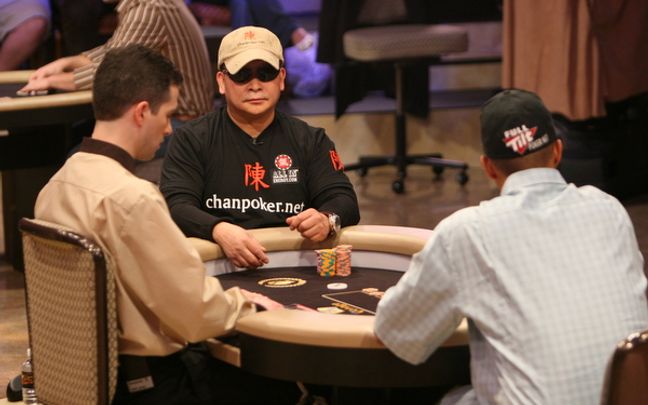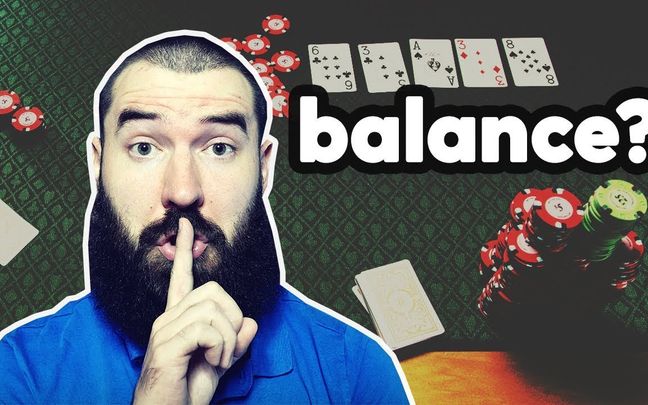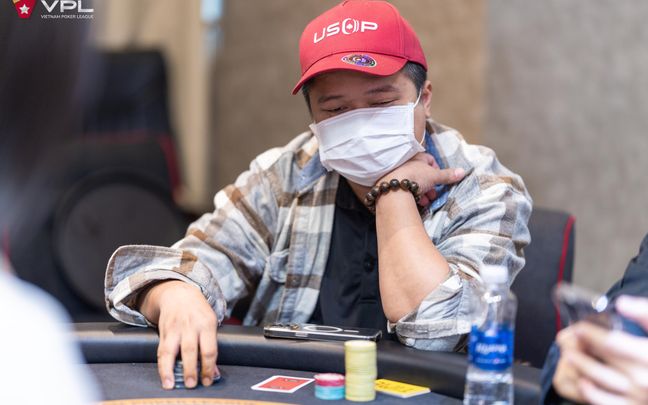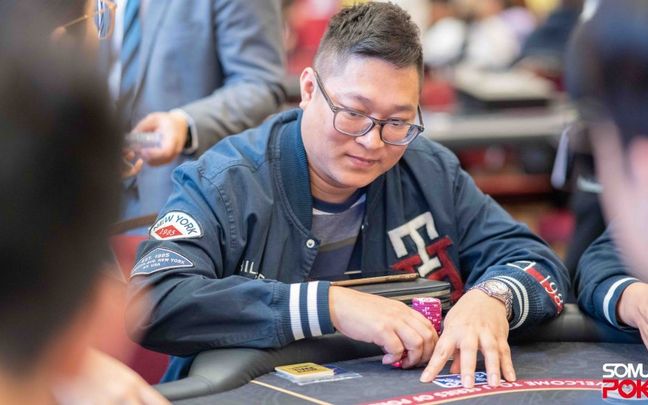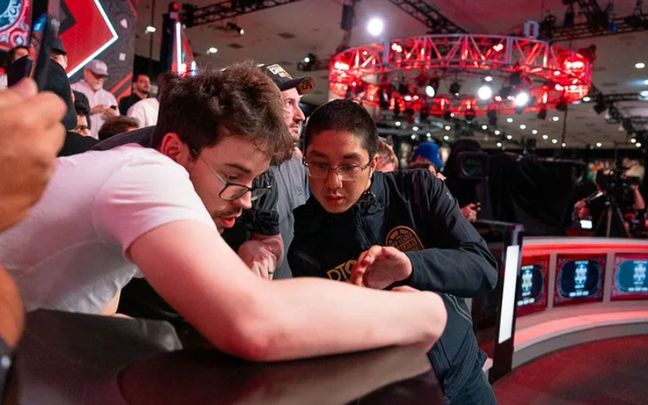If you participate in large-field, low-stakes tournaments, you'll frequently encounter limp situations. This is often a sign of weaker players. Targeting these weak players and building a solid stack is something you should aim for.
How can you beat these players, especially in the early levels with deep stacks? This will be the focus of today's discussion.
"Limp" refers to the action of a player calling 1 BB during the pre-flop round. The first player to put chips into the pot (not in the blind position) by calling 1 BB is performing an "Open-Limp."
4 Questions to Ask When Facing an Open-Limp
Question #1: Who is Open-Limping and What Are Their Tendencies?
Firstly, identifying the playing tendencies of the open-limper is crucial. Are they a "loose" recreational player with an open-limp rate as high as 60%, sometimes limp-folding but frequently calling post-flop? Or are they a "tight" recreational player who only open-limps around 10% and tends to limp-raise within their range?
Question #2: What Is Our Position?
Considering our position relative to the open-limper is important. We can expand our raising range from late positions like the Cut-Off (CO), Button (BTN) compared to early positions like Under the Gun (UTG).
Question #3: Who Will Act After Us, and What Are Their Tendencies?
Players acting after us, do any of them tend to be aggressive and re-raise if we raise? Adjusting our raising range based on the likelihood of being attacked by players behind us.
Question #4: What Is Our Hand?
While we can attack with any hand, it's advisable to play hands that can win large pots when hitting the flop or have a good showdown value. Consider the actual hands we hold to decide what to do. Below are suggestions for playable ranges, highlighted in orange for hands to raise and gray for hands to fold.
Within the range, there are plenty of premium hands (AA, KK, QQ, etc.), pocket pairs (44, 55, 66), suited aces (A8s, A5s, etc.), suited broadways (AKs, KQs), a few broadways (QT, JT), a few suited kings (K9s, K6s, etc.), and a few suited connectors (98s, T8s, 86s, etc.).
Sizing Raises vs Limpers
With my poker experience, I suggest aiming for the largest raise size that they might still call. Additionally, adding a bit of fold equity shouldn't be a big concern. Even if they intend to limp-fold, they might still do so with a raise that's 5x our bet.
However, finding the optimal raise size is key because we're assuming that we're in a favorable position relative to the limper after isolating them, and this is a pot that's likely to be profitable. Therefore, we want to get as many chips into the pot as possible.
Quick Note for Playing Out of Position:
There will be situations where we are facing more than one limper. In those cases, consider raising a bit heavier by adding 2-3BB to the raise to more easily isolate a limper. Playing the pot heads-up will be more optimal than in a multi-way pot.
Final Thoughts on Playing Poker with Limper
Learning how to beat the weakest players at the table to earn extra chips is a surefire way to maximize your winning odds in the early stages of tournaments.
And by building your stack early, you'll position yourself better to advance into later stages of the tournament such as the bubble, in the money (ITM), and the final table.
That's all for this article! Good luck at the tables.

